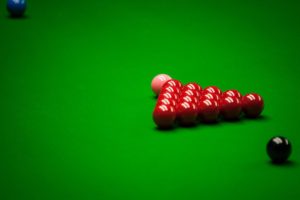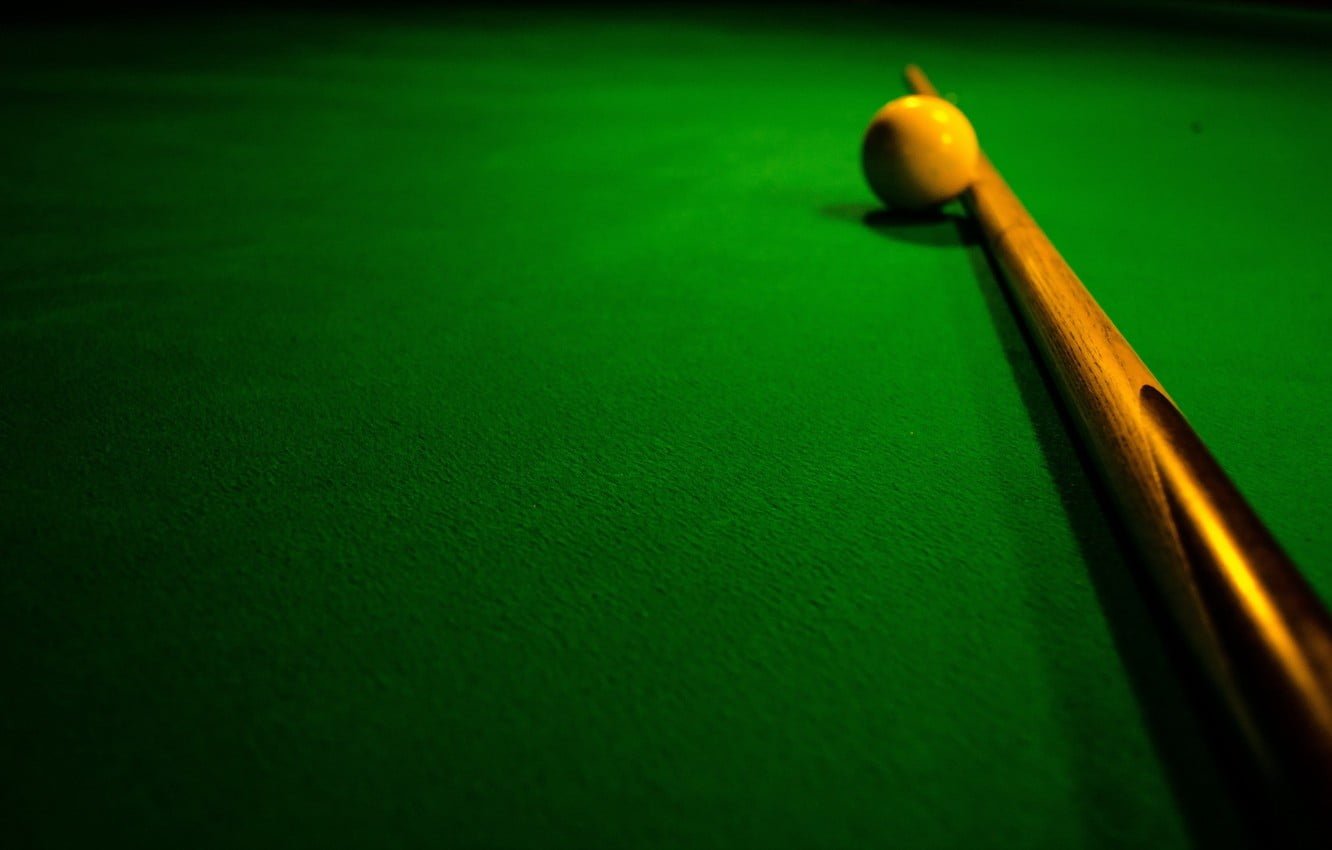Learn how to improve your snooker cue action and achieve perfect shots every time with this comprehensive guide for snooker players of all levels.
In snooker, mastering a good cue action is an important part of becoming a skilled player. It takes practice, patience, and dedication to develop a consistent and effective cue action that can handle the many different shots and challenges that arise during a game of snooker.
Whether you’re a pro or a beginner, perfecting your cue action can make all the difference in your game as it’s essential for precision and consistency.
In this guide, we’ll explore the tips, tricks, and techniques to help you improve your cue action and become a better snooker player.
Understanding the Basics of Cue Action
Before we dive into specific tips and techniques, it’s important to understand the basics of cue action.
A cue action is the movement of the cue stick during a shot. A good cue action is smooth and consistent, with a steady and controlled pace.
A poor cue action, on the other hand, can lead to inconsistent shots, missed pots, and overall frustration.
There are several factors that can affect your cue action, including grip, stance, bridge, backswing and follow-through.
Cue action can also be affected by factors such as the distance of the shot, the position of the cue ball, and the angle of the shot.
⚠️ A player’s cue action can vary depending on their individual style and technique.
So what makes a perfect cue action? Here are some general characteristics of good cueing.
Elements of a good cue action:
- Approach (walk into the shot on the line of aim)
- Grip (relaxed & natural hold)
- Stance (comfortable & balanced)
- Bridge (stable support to guide the cue)
- Alignment (chest & chin on the cue with elbow vertical to the grip)
- Cueing (smooth feathers & pauses with controlled back-swing & straight follow-through stroke)
All of these together make up a player’s cue action. It’s a good idea to develop and practice a pre-shot routine with these elements incorporated.
Improving Your Cue Action
Having cue action flaws is very common among snooker players. Improving your cue action takes time and practice, but there are several things you can do to speed up the process.
Troubleshooting cue action:
- Self-diagnosis: Discovering and analysing your cue action imperfections (use a mirror, video recording or ask someone).
- Making adjustments: Compare your cue action with the recommended guidelines and practice to fix them.
Common cue action mistakes:
- Rushing the shot or hesitating
- Gripping cue too tightly
- Flicking the wrist during cueing
- Moving the head during the shot
- Inconsistent cueing tempo
- Jerky cue action
- Not following through properly after striking the ball
- Standing up too soon after the shot
💡 A good cue action is simply the ability to deliver the cue straight consistently.
The Approach
Walk into the shot on the line of aim.
Approaching the snooker table before every shot is the first step that determines your cue action. The key element of this approach is to walk into the shot on the line of aim.
Developing a consistent and effective shot approach routine is an essential part of improving your cue action in snooker.
Here are some of the steps involved in the approach:
- Visualize the shot angles before starting the approach as most of the shot aim is determined when you get behind the shot.
- Stand back from the table and place the cue on the line of aim.
- Go down on the line and get the cue tip closer to the intended contact point on the cue ball. Don’t move the cue until your chest touches it.
If any aspect of the approach feels incorrect, you should get up from the shot and repeat the approach routine again.
⚠️ The chest should be brought to the cue and not the other way around, as it is used to support the cue on the line.
The Grip
Relaxed and natural hold of the cue.
An important step in perfecting your cue action is to get the right grip on your cue. The cue action is determined by how you hold the cue. The primary goal of the grip is to deliver the cue in a straight line along the line of aim.
- Hold the cue with your thumb and index finger forming a ring around the butt of the cue. The remaining fingers should wrap lightly around the cue to stabilize it.
- Your grip should be comfortable and relaxed. A perfect cue grip should feel natural and is neither too firm nor too loose.
- Your grip should allow you to hold the cue stick steadily without tensing up your hand or wrist.
- Keep your wrist hanging down vertically from the elbow, there should be no movements in your wrist except for the forward and backward motions on the line of aim.
For max power and accuracy, it’s recommended to grip the cue butt where it feels balanced. Holding it too low provides more power but less aim, while holding it too high provides better aim but less power.
💡 To find your natural grip, pick up and hold the cue as if you were going to hit someone with it.
The Stance
A comfortable & balanced base.
The snooker stance is the proper body position for playing a shot. Having the correct stance can significantly improve your cue action by aligning your body with the shot and cue.
To achieve a perfect cue action, it’s important to have a correct snooker stance. Your stance should be comfortable, stable and balanced. The goal of stance is to make your body rest on a stable base with minimal movement whilst playing a shot.
- Stand with your feet shoulder-width apart with your non-dominant foot slightly forward and leg slightly bent at the knee. Your dominant leg should be straight and on line of the shot.
- Your body should be aligned with the shot with your head directly over the line of aim and your back straight.
- Your body weight should be evenly distributed with your torso leaning forward into the shot.
The cue has four contact points; chest, chin, grip and bridge. At the completion of your stance, these body parts should be touching the cue.
💡 Put your leading foot (dominant leg) on the line of aim to guide the cue along the line.
The Bridge
Stable support to guide the cue.
The bridge in snooker is a fundamental component to master in order to develop a good cue action. It is the supporting hand that provides stability and guides the cue through the line of aim.
The formation of a strong bridge hand is critical for maintaining control of the cue during the shot, and it is essential to develop the correct height and position.
- To form a stable bridge, place your hand flat on the table with the fingers spread apart. The pads of the fingers should be used to grip the cloth, and the knuckles should be raised.
- Now press your thumb tight against the index finger to form a V-shape, this is the channel for the cue to rest and glide smoothly through your hand during the shot.
- Use your bridge hand to guide the cue smoothly through your backswing and follow-through.
The position and height of the bridge plays an important role and should be adjusted depending on the type of shot:
- A good bridge is about 9 – 12 inches away from the cue ball. If hampered (bridging over balls or tight on the cushion), use a shorter bridge for smooth cueing.
- Bridge hand should be raised for top spin shots and lowered for screw shots.
💡 The more contact with the cloth and more spread your fingers, the stronger the bridge will be.
The Cueing
Feathering, backswing and follow-through.
The overall cue action is greatly impacted by the cueing technique, which is the primary element of a good cue action.
Every player has their own unique cueing style. What matters the most is a smooth and straight cue delivery through the cue ball. So don’t obsess about it too much, your muscle memory will develop your own natural style that works best for you.
💡 A cue action varies by the amount of feathers (swings) and different types of pauses (front, back).
Feathering
Feathering is a rehearsal technique in snooker where the player moves the cue back and forth a few times before taking the shot. This movement is repeated several times until the player is comfortable and ready to take the shot.
Feathering allows you to:
- Get comfortable with the aim and sighting.
- Determine the pace of the shot required.
- Maintain focus and concentration throughout the shot.
- Stay relaxed and reduce any nerves or tension.
💡 Try to maintain a consistent number of feathering for a consistent tempo.
Backswing
In snooker, a backswing refers to the backward movement of the cue before the cue ball is struck. Your backswing should be smooth and consistent, with a steady and controlled pace.
The length and speed of the backswing can vary depending on the type of shot being played, with longer backswings generally used for shots requiring more power.
A good backswing is essential to a good cue action, as it allows you to generate power and accuracy while ensuring that the cue remains in a straight line.
Focus on keeping your elbow close to your body and your wrist locked in place. Avoid jerky or abrupt movements, and try to maintain a consistent tempo throughout your stroke.
⚠️ The grip hand should open naturally during the backswing; otherwise, it can pull the cue off line.
Follow-Through
A proper follow-through is essential for a straight cue action. After striking the ball, ensure that your cue follows through smoothly and remains in a straight line. This will help to maintain the accuracy of your shot.
Your follow-through should be smooth and fluid, with your cue stick finishing in a straight line towards your target with confidence and authority.
⚠️ Avoid jabbing at the cue ball or stopping your stroke prematurely, as this can affect shot accuracy and power.
Your cue action determines the accuracy, power, and consistency of your shots. Perfecting your snooker cue action requires practice and patience. By focusing on the basics of cue action and mastering all the elements, you’ll be well on your way to a perfect cue action.
Of course, perfecting your cue action is just one piece of the puzzle when it comes to becoming a successful snooker player. Shot selection, strategy, and mental toughness all play important roles as well. With the right combination of skills and practice, however, you can take your game to the next level.




